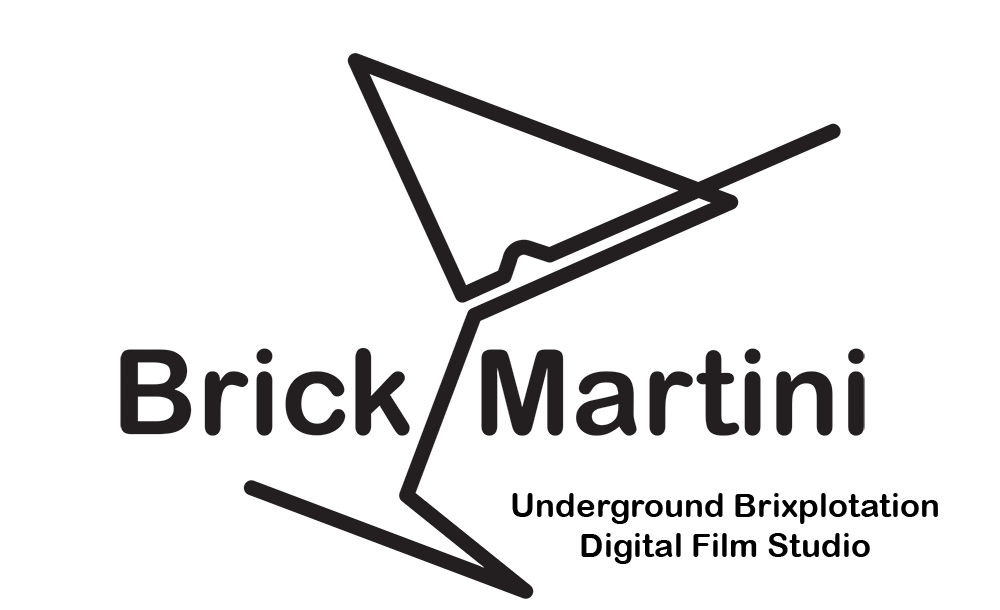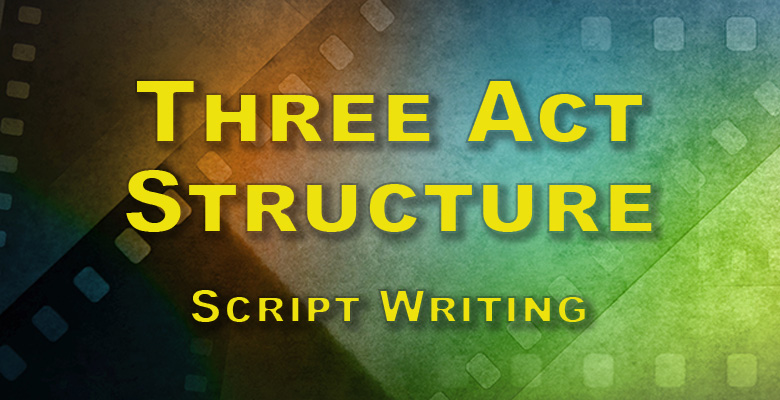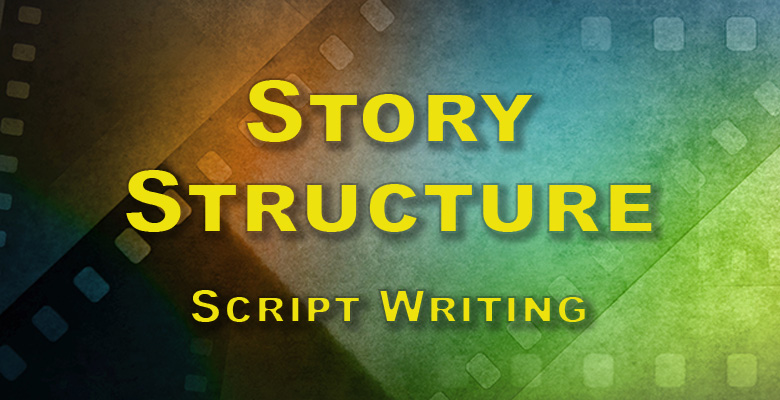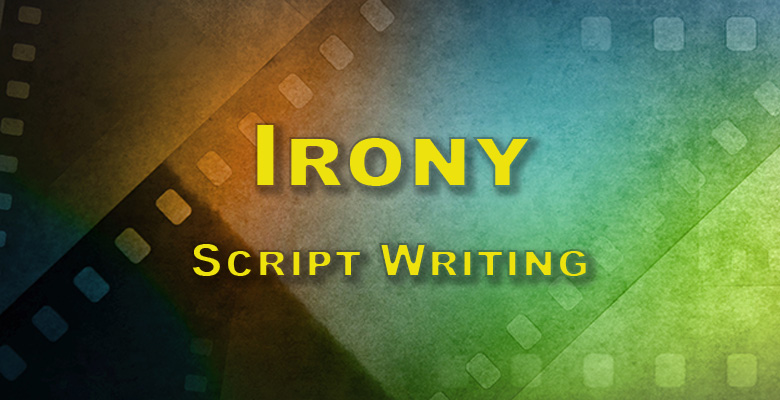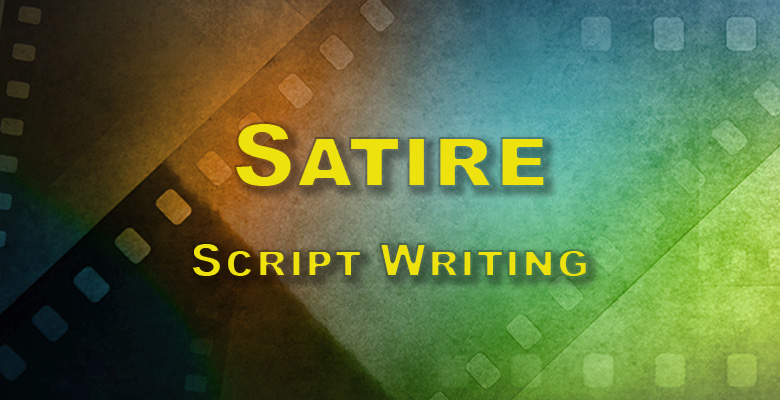Creating a compelling villain is just as important, if not more so, than crafting a captivating protagonist. A well-developed villain can elevate a story, creating tension, challenge, and depth. Here’s a guide to creating intriguing villains:
1. Motivations & Goals:
- Understandable Motivations: Even if they’re doing wrong, there should be a reason behind their actions. This makes them more complex and believable.
- Clear Objectives: Whether it’s world domination, revenge, or personal gain, a villain should have clear goals driving their actions.
2. Backstory:
- Origin of Evil: What turned them to the dark side? Was it trauma, ambition, or some inherent nature?
- Past Interactions: Have they crossed paths with the protagonist or other characters before? Past history can add depth to present conflicts.
3. Personality & Traits:
- Complexity: Like any character, villains should have strengths, weaknesses, likes, and dislikes.
- Relatability: Some of the best villains have traits or motivations readers can empathize with, even if they don’t agree with their actions.
- Consistency: While they can (and should) have depth, their core traits should remain consistent unless there’s a reason for change.
4. Methods & Morality:
- Means to an End: How far are they willing to go to achieve their goals? Are there lines they won’t cross?
- Moral Code: Some villains operate by a code, even if it’s twisted or skewed. This can make them more unpredictable and interesting.
5. Presence & Charisma:
- Intimidation: A strong presence, whether through physical prowess, intellect, or sheer unpredictability, can make a villain memorable.
- Charisma: Many iconic villains are charming or charismatic, drawing allies and enemies alike.
6. Relationships:
- Minions & Allies: Who supports the villain, and why? Relationships can show different sides of a villain, from loyalty to cruelty.
- Enemies: Beyond the protagonist, who else opposes the villain? Past betrayals or rivalries can add layers to the story.
7. Flaws & Downfall:
- Vulnerabilities: Every villain should have weaknesses, whether it’s a physical limitation, an emotional attachment, or a blind spot in their plans.
- Cause of Downfall: Often, a villain’s own flaws or mistakes lead to their undoing. Decide if this is the case, and how it plays out.
8. Evolution & Arc:
- Static vs. Dynamic: Will the villain change over the course of the story, or remain steadfast in their beliefs and goals?
- Redemption: Not all villains need a redemption arc, but for some, it can be a compelling twist.
Tips:
- Avoid Pure Evil: While there are exceptions, villains who are evil just for the sake of being evil can come off as one-dimensional.
- Empathy: Understand your villain, even if you don’t condone their actions. This helps in writing them with depth.
- Research: Look into real-life antagonists or historical figures for inspiration and understanding of complex motivations.
- Contrast with the Protagonist: A villain can act as a foil, highlighting certain aspects of the protagonist’s character.
In essence, a compelling villain is multi-dimensional, has clear motivations, and challenges the protagonist in significant ways. When crafted with care and depth, villains can become some of the most memorable aspects of a story.

